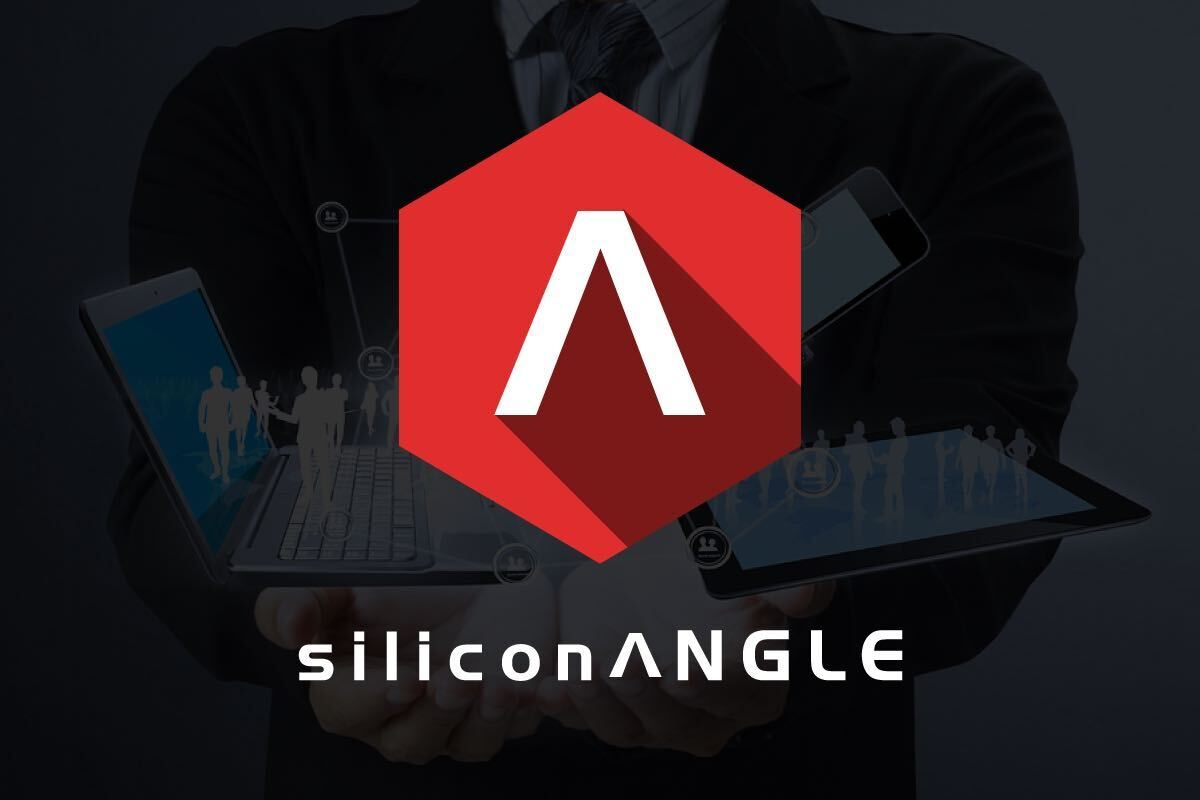


![]()
With flash technologies comprising the new frontier in the storage solutions market, how have big players, such as IBM, performed? A few years ago, flash was not a much-supported technology, but that has changed. Now, everyone wants in on the game.
As a part of the festivities at the IBM Edge 2014 conference, analysts John Furrier, David Floyer, and Stu Miniman wrap-up the event, including what steps IBM and others have taken to help secure themselves a place in the emerging flash market.
David Floyer discussed how he graded IBM on its performance in the flash market. According to Floyer, IBM was a little late to the game, though it does have a few factors weighing in its favor. One of the biggest advantages includes the fact that IBM covers both the service and storage side of things. And with the purchase of Texas Memory Systems, it has gone after the flash array market as well, most specifically in the high-performance segment. Where the company falls short is in the prices it can offer, which at this time are high compared to others in the market.
Luckily for IBM, “They have done well in those high-end marketplaces with a very low latency,” according to Floyer. “They’ve done well on the service side in integrating some of those solutions. That is their strength.” The real test is bringing the prices more into line with where the market is at right now.
When asked if there was a one-size-fits-all flash solution, Floyer added that most companies fit their storage strategy around a particular type of storage. For example, IBM fits into the low-latency, higher end of the market, while XtremIO and Pure Systems offer slightly slower arrays, which equate into a lower cost per byte of storage for their customers.
And lastly you have the hybrid arrays, which offer up to 20 percent less flash at an even lower cost.
Recently, John Chambers, CEO at Cisco, declared virtual cloud company VMware enemy number one for his company. Stu Miniman explained how this has changed some of the dynamics within the flash array world, opening a door of opportunity for both IBM and VMware, where VMware can now move in with IBM and help in the development of the large-scale systems with detached storage and new architecture.
This has also opened the door for computer technology company Lenovo, allowing them to approach smaller customers who might not have interest in the bigger solutions offered by Cisco. Miniman reiterated this point by stating, “Cisco has been eating the higher end of the market, and Quanta has been eating the entire market. Those ODM’s have been going out there. And now Lenovo is a player that can go in between there and be able to attack Cisco with lower price solutions.”
Support our mission to keep content open and free by engaging with theCUBE community. Join theCUBE’s Alumni Trust Network, where technology leaders connect, share intelligence and create opportunities.
Founded by tech visionaries John Furrier and Dave Vellante, SiliconANGLE Media has built a dynamic ecosystem of industry-leading digital media brands that reach 15+ million elite tech professionals. Our new proprietary theCUBE AI Video Cloud is breaking ground in audience interaction, leveraging theCUBEai.com neural network to help technology companies make data-driven decisions and stay at the forefront of industry conversations.